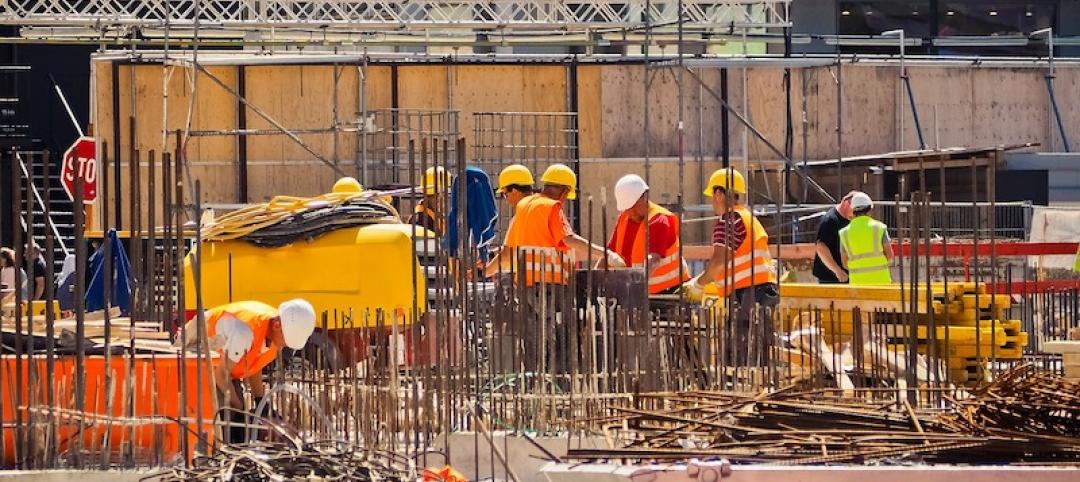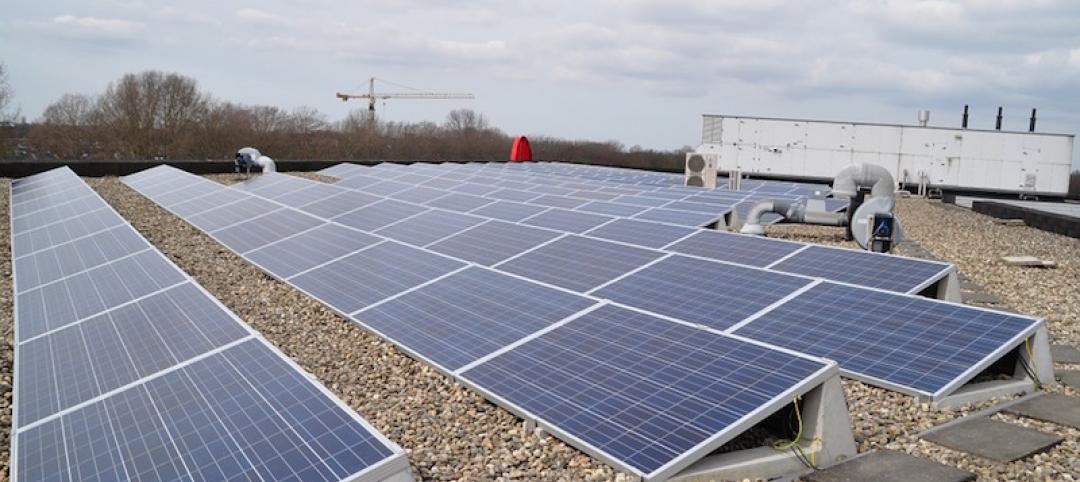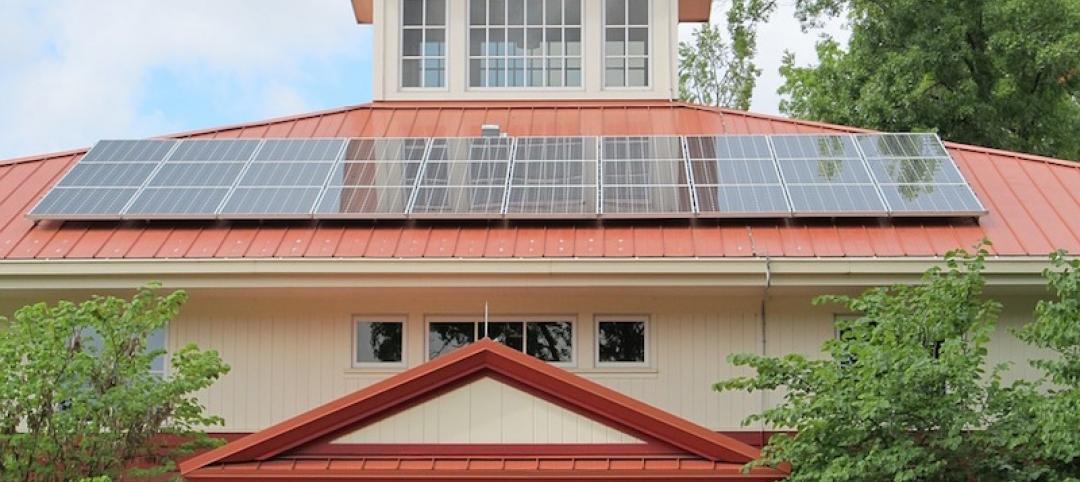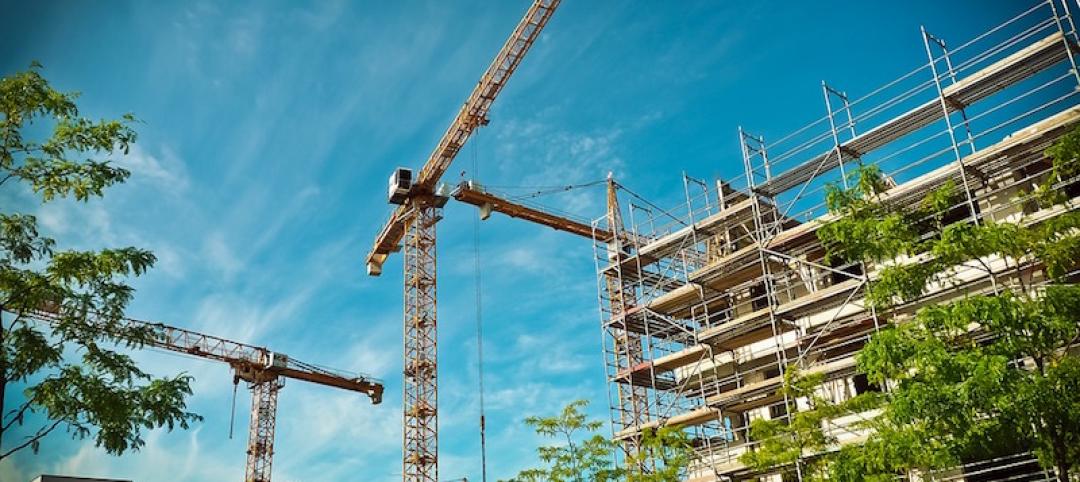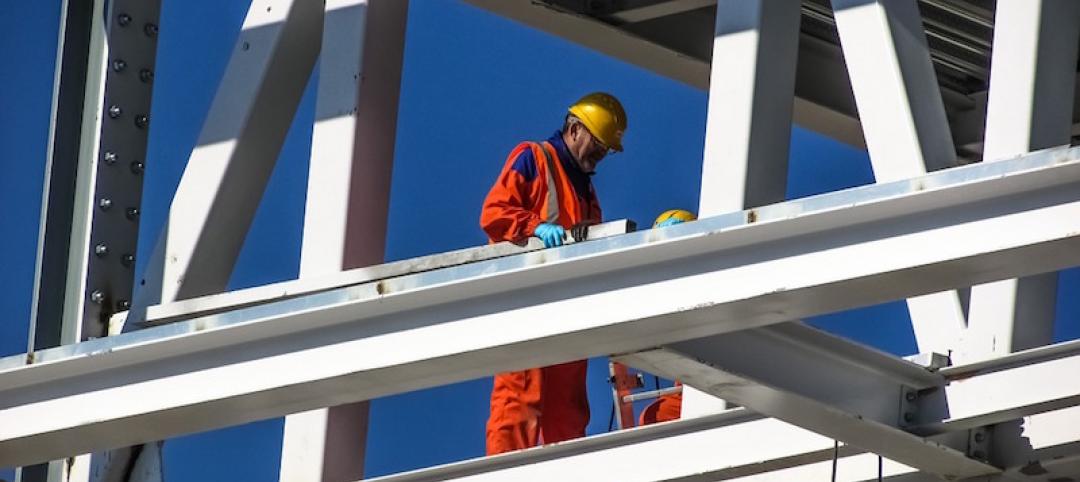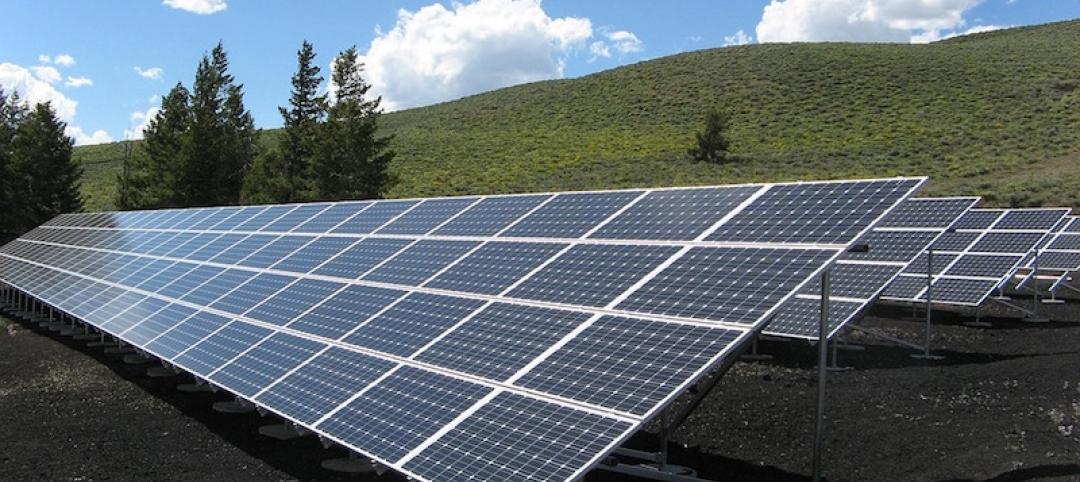Recent research that looks at the method used to determine thermal comfort in ANSI/ASHRAE Standard 55 published in an article, “Energy Consumption in Buildings and Female Thermal Demand,” in Nature Climate Change, misinterpreted data, according to ASHRAE.
“The interpretation of the authors regarding the basis for Standard 55 is not correct,” Bjarne Olesen, Ph.D., a member of the ASHRAE Board of Directors, thermal comfort research and former chair of the Standard 55 committee, said. “The part of the standard they are referring to is the use of the PMV/PPD index. This method is taken from an ISO/EN standard 7730, which has existed since 1982. The basic research for establishing comfort criteria for the indoor environment was made with more than 1,000 subjects with an equal amount of women and men.
“In the main studies, where they did the same sedentary work and wore the same type of clothing, there were no differences between the preferred temperature for men and women. So the researchers’ finding of a lower metabolic rate for females will not influence the recommended temperatures in the existing standards. Also their study is not conclusive. They only studied 16 females at a sedentary activity.
“They should also have studied 16 men at the same activity to be able to compare. The reason why we, in some field studies, find that women prefer higher room temperature than men is attributed to the level of clothing. Women better adapt their clothing to summer conditions while men are still wearing suits and ties. So if the thermostat is set to satisfy the men, the women will complain about being too cold. In the standard, this adaption of clothing to summer is taken into account. So if the standard is followed, the women would be satisfied; but maybe not the men.”
Related Stories
Codes and Standards | Jan 25, 2017
Standard baseline for measuring building efficiency needed
EUI could push sustainability through market-driven approach.
Codes and Standards | Jan 23, 2017
Workers, local officials rally for new construction safety law in New York City
The new law would require those who work on 10-story-plus buildings to go through an apprenticeship program.
Codes and Standards | Jan 23, 2017
Prominent Atlanta construction executive faces charges in $1 million bribery scheme
The company has worked on some major projects, including Hartsfield Airport.
Codes and Standards | Jan 20, 2017
New resource lists green incentives by state
USGBC's new Public Policy Library includes tax and energy benchmarking policies.
Codes and Standards | Jan 18, 2017
How green leases benefit owners and tenants
Agreements to spur efficiency upgrades are slowly gaining popularity.
Codes and Standards | Jan 17, 2017
Intl. Code Council looks into code changes for cross-laminated timber structures
Most codes limit CLT structures’ height.
Codes and Standards | Jan 16, 2017
Building codes for existing buildings evaluated in new white paper
The paper examines implementation, enforcement challenges, and changes needed in new code editions.
Codes and Standards | Jan 13, 2017
New BIM guide for owners released
National Institute of Building Sciences releases a manual for developing standard set of BIM documents.
Codes and Standards | Jan 11, 2017
OSHA prompts more proactive approach to construction site safety
Remote operated camera systems are being used to mitigate risk in real time.
Codes and Standards | Jan 10, 2017
Plunging solar power costs making PVs more compelling for owners, developers
Technical and manufacturing advances are driving down prices.



